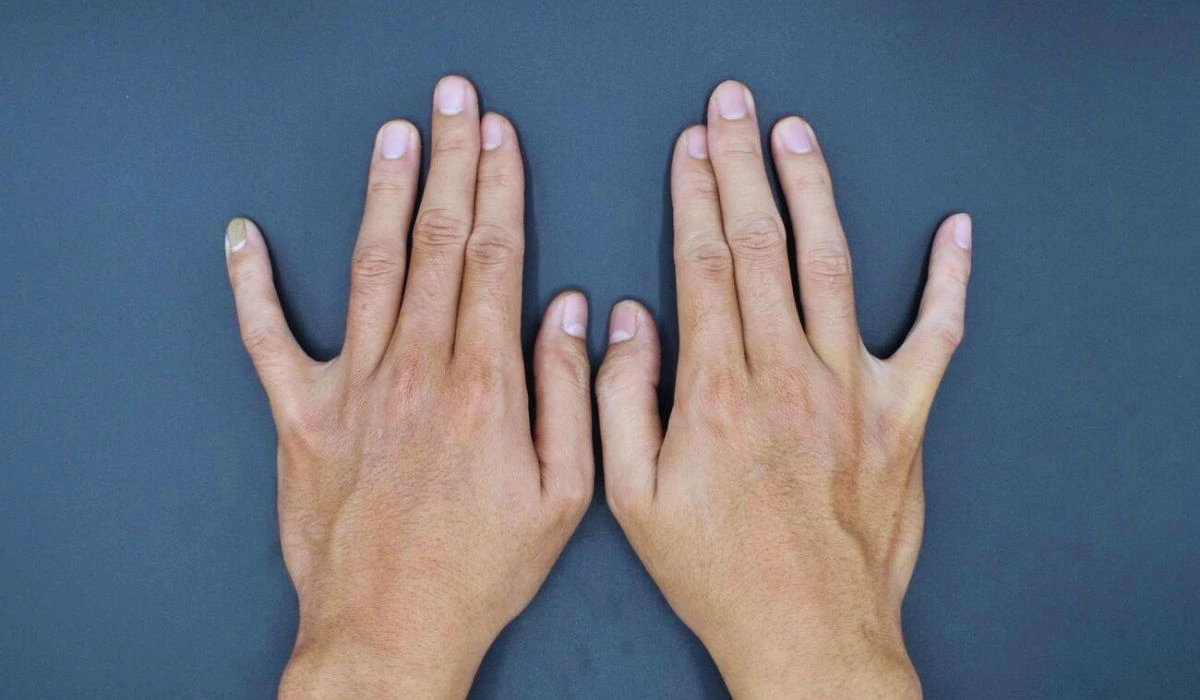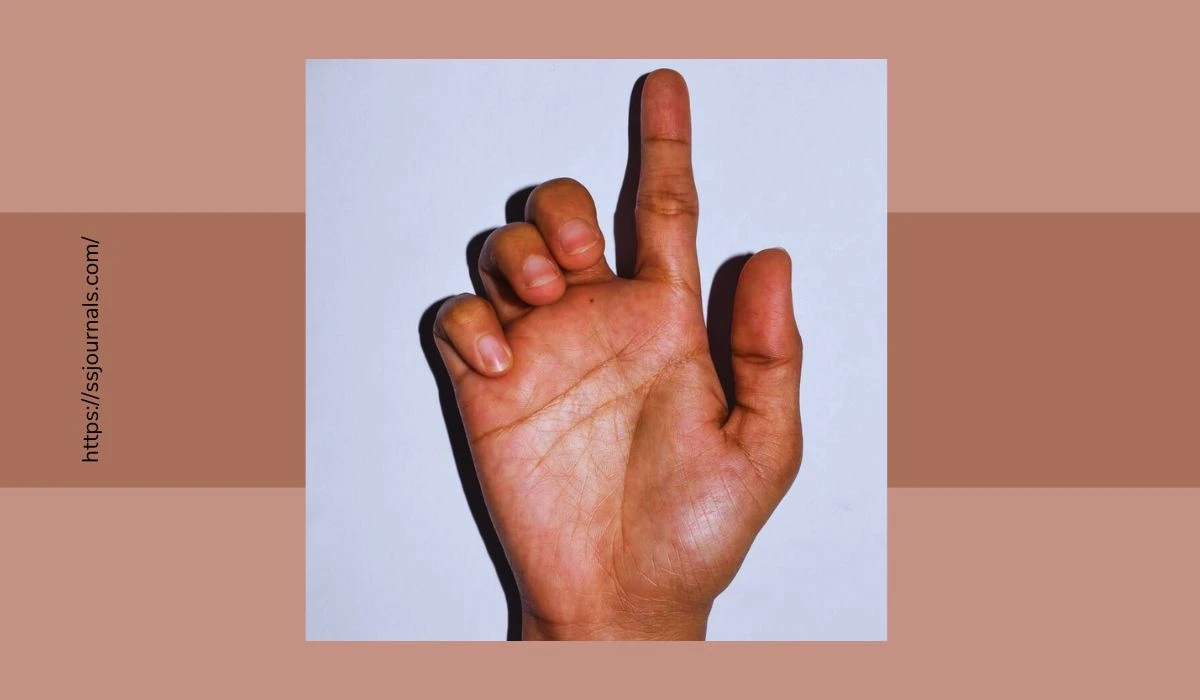Ulnar nerve palsy, also known as cubital tunnel syndrome, is a condition that affects the ulnar nerve in the arm. The ulnar nerve runs from the shoulder to the hand and controls movement and feeling in the ring and pinky fingers.
When the ulnar nerve becomes compressed or injured, it can lead to numbness, tingling, weakness, and pain in the hand and forearm, a condition known as ulnar nerve palsy. In this article, we will discuss the symptoms, causes, and treatments for ulnar nerve palsy as well as exercises that can aid in recovery.
What Is Ulnar Nerve Palsy?
The ulnar nerve originates from the brachial plexus nerves in the neck and runs down the arm to innervate muscles and provide sensation to the forearm and hand. At the elbow, the ulnar nerve passes through a narrow space called the cubital tunnel where it sits very close to the skin and is vulnerable to compression.

When the ulnar nerve becomes compressed, irritated, or injured within the cubital tunnel, it leads to inflammation and damage that disrupts the nerve signals to the forearm and hand. This is known as ulnar nerve palsy or cubital tunnel syndrome. It is the second most common nerve compression syndrome after carpal tunnel syndrome.
Also Check: How Does Peroneal Nerve Injury Cause? Risk Factors Explored!
Symptoms Of Ulnar Nerve Palsy
Symptoms of ulnar nerve palsy usually begin gradually and affect the ring and pinky fingers of the hand. Common symptoms include:
- Numbness or tingling in the ring and pinky fingers
- Weakness or clumsiness of the hand
- Wasting away the muscles at the base of the thumb
- Pain or tenderness along the inner side of the elbow, forearm, or hand
- A sensation of pins and needles in the ring and little fingers
- Difficulty spreading the fingers or making a fist
- Pain or numbness at night that disturbs sleep
In minor cases, symptoms may come and go, while severe cases can lead to permanent muscle wasting and weakness in the hand if left untreated.
Potential Causes Of Ulnar Nerve Palsy
- Cubital tunnel syndrome – Compression or irritation of the nerve within the cubital tunnel at the elbow. Causes include bone spurs, arthritis, injuries, and thickening or swelling of tissue.
- Repeated elbow bending – Frequent, prolonged bending of the elbow can cause compression and damage to the ulnar nerve. Common in activities like talking on the phone with your elbow bent.
- Trauma or injury – Direct injury to the elbow or arm can stretch, compress or damage the ulnar nerve.
- Other medical conditions – Underlying conditions like diabetes, rheumatoid arthritis, and thyroid problems increase risk.
- Genetics – Some people are simply born with a shallow cubital tunnel that predisposes them to ulnar nerve issues.
Read More: How To Cure A Pinched Nerve In The Neck? Causes, Symptoms, Remedies
Treatments For Ulnar Nerve Palsy
Mild to moderate cases of ulnar nerve palsy often resolve through conservative treatments:
- Rest – Avoiding activities that aggravate symptoms like extensive elbow bending allows the nerve time to heal. Use splints or slings to immobilize the elbow.
- Anti-inflammatory medications – Over-the-counter nonsteroidal anti-inflammatory drugs (NSAIDs) like ibuprofen can help reduce nerve inflammation.
- Cold therapy – Icing the inner elbow for 15-20 minutes at a time can decrease inflammation.
- Wrist splinting – Wearing a splint to keep the wrist in a neutral position can take pressure off the ulnar nerve.
- Activity modification – Avoiding repetitive elbow bending and resting the arm and elbow can help resolve symptoms.
For more severe or persistent cases, the following treatments may be used:
- Steroid injections – Injecting anti-inflammatory corticosteroids around the cubital tunnel controls inflammation. However, symptoms may come back and there is a risk of nerve damage.
- Surgery – Several surgical procedures can decompress the nerve and relieve pressure. This includes cubital tunnel release, nerve transposition, and medial epicondylectomy.
- Recovery exercises – Stretching, strengthening exercises and occupational therapy can help restore range of motion and function after other treatments.
- Lifestyle changes – Maintaining a healthy weight, proper body mechanics, and good posture all encourage recovery. Stopping smoking is also recommended.
Conclusion
Ulnar nerve palsy is a condition caused by compression or damage to the ulnar nerve at the elbow. It causes numbness, tingling, weakness, and pain in the hand and forearm, specifically in the ring and little fingers. Conservative treatments like rest, splinting, anti-inflammatory medications, and cold therapy can help mild cases.
However, moderate to severe cases may require steroid injections or surgery to fully decompress the nerve. Recovery exercises, lifestyle modifications, and occupational therapy are also important to restore movement and function in the affected hand. While ulnar nerve palsy can be slow to resolve, the majority of people respond well to treatment and make a full recovery.
FAQ
A: Some of the earliest symptoms include tingling, numbness, or a “pins and needles” sensation in the ring and little fingers. There may also be a feeling of clumsiness or weakness in the hand and difficulty with fine finger motions.
A: The “funny bone” sensation that occurs when you hit your elbow is actually irritation of the ulnar nerve. The nerve passes very close to the bone on the inside of the elbow, so a knock in that area compresses the nerve and causes the tingling, electric sensation.
A: Yes, severe cases of ulnar nerve palsy can cause the ring and little fingers to curl up or have difficulty straightening, known as clawhand deformity. This occurs because the ulnar nerve controls muscles that straighten the fingers. When damaged, those muscles can become paralyzed in a curled position.
A: In mild cases, the symptoms of ulnar nerve palsy may resolve on their own with rest and time. However, moderate to severe cases are less likely to heal without proper treatment to address the underlying nerve compression or damage. Getting a proper diagnosis and treatment is important to prevent permanent weakness and disability.
A: In most cases, ulnar nerve palsy can be successfully treated with options like splinting, anti-inflammatory medications, steroid injections, or surgery. Permanent nerve damage and muscle wasting are more likely if the condition is left untreated for a prolonged period. Early diagnosis and treatment provide the best chance for full recovery of strength and sensation.

